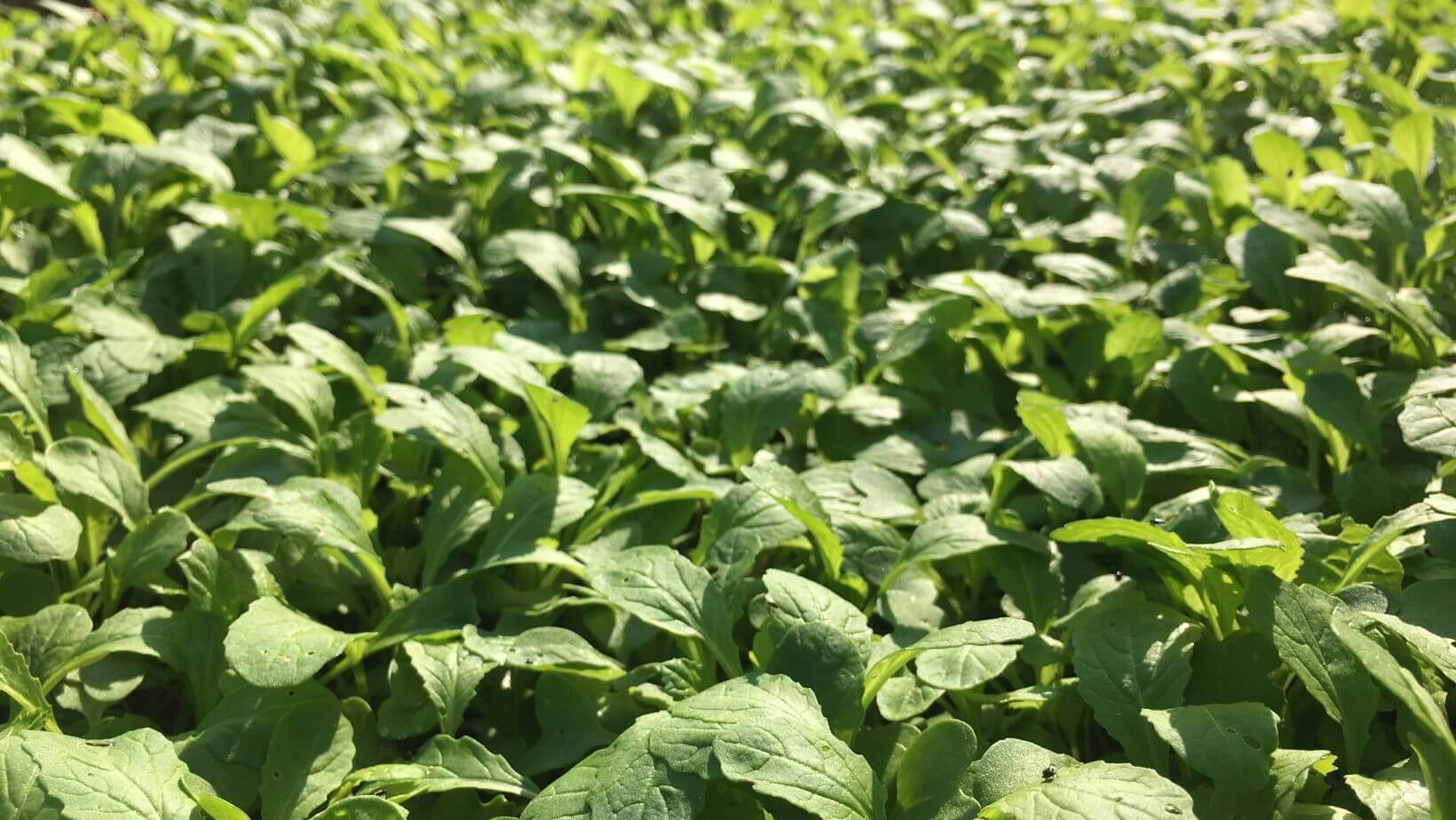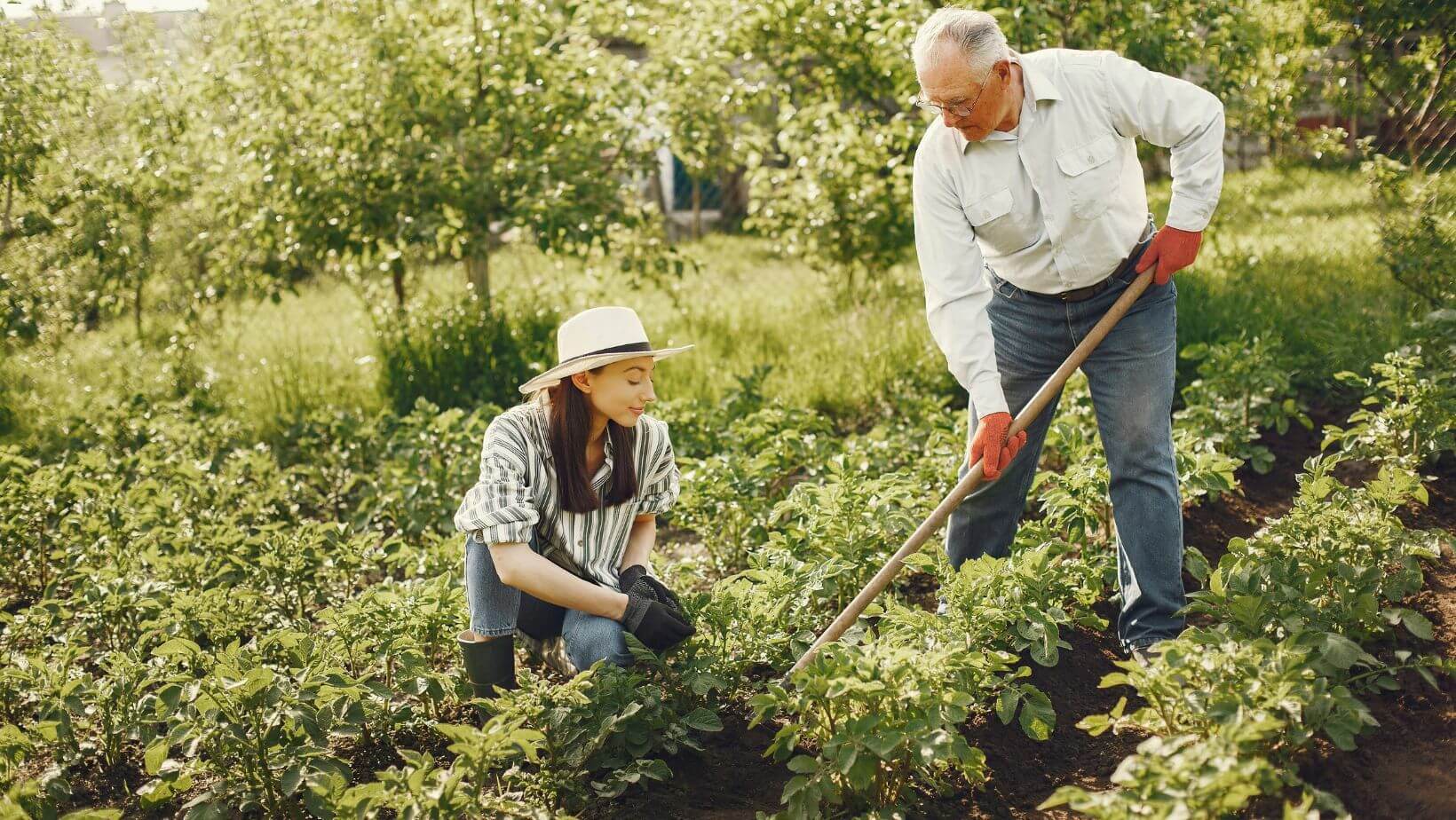Michigan is home to a diverse array of wildlife, making it a prime location for hunting enthusiasts. However, a successful and sustainable hunting season is dependent on the careful planning and cultivation of the land. In order to attract various game species and enhance habitats, landowners and hunters must utilize the best planting practices suited for their specific location. By considering the local climate and soil conditions, hunters can reap the benefits of a bountiful fall hunting season.
Well-planned planting not only attracts wildlife, but also promotes responsible and sustainable hunting practices. So, whether you’re a landowner or a hunter, it’s important to approach planting with the utmost care and attention to detail to ensure your efforts are rewarded come hunting season. In this blog post, we’ll provide tips on the best planting techniques so that you can create an ideal environment for Michigan’s game animals and have a successful fall hunt.
Identifying the Ideal Crops for Michigan’s Fall Season
 The ideal crops for the fall season are those that thrive in the cool weather, providing essential nutrients and drawing in wildlife. Planting Brassicas such as purple top turnips, radishes, and other forms of winter greens can work wonders for improving soil health. These crops are high in calories and provide excellent winter forage for deer, making them the perfect choice for hunters looking to attract wildlife.
The ideal crops for the fall season are those that thrive in the cool weather, providing essential nutrients and drawing in wildlife. Planting Brassicas such as purple top turnips, radishes, and other forms of winter greens can work wonders for improving soil health. These crops are high in calories and provide excellent winter forage for deer, making them the perfect choice for hunters looking to attract wildlife.
It’s also essential to note that deer will typically feed on the leafy greens of Brassicas and avoid the actual turnip or radish until a good hard freeze enhances their sugars in November. Other popular winter forage plants that remain green throughout the season, which deer crave after the long rutting period, include Rape, Rye, and Oats. By selecting and creating an ideal planting plan for Michigan’s Fall season, hunters and landowners can create a successful and sustainable hunting environment.
Implementing Effective Food Plot Design
 A successful fall hunting season is dependent on careful preparation, and one important element of this preparation is implementing an effective food plot design. When designing food plots for wildlife and hunting success, it is important to take into account key considerations such as plot size, location, and surrounding landscape.
A successful fall hunting season is dependent on careful preparation, and one important element of this preparation is implementing an effective food plot design. When designing food plots for wildlife and hunting success, it is important to take into account key considerations such as plot size, location, and surrounding landscape.
Creating a strategic layout can help to maximize movement patterns and minimize pressure on the land during hunting season. When selecting plant species to incorporate into the plot design, Brassicas and other fall annuals are highly recommended for their wildlife-attracting benefits. It is crucial to provide ample space for winter greens and other winter forage plants to sustain deer throughout the colder months. By carefully implementing these key elements, landowners and hunters in Michigan can ensure a bountiful and successful fall hunting season.
Soil Preparation and Fertilization Techniques
 Preparing for a successful fall hunting season requires some planning, especially when it comes to the soil preparation and fertilization techniques needed to ensure maximum yields. Landowners and hunters in Michigan should begin with a soil test to determine nutrient deficiencies and the pH levels of the area to be planted. This step is crucial in identifying the best soil preparation method; whether it is plowing, tilling or no-till methods that are required.
Preparing for a successful fall hunting season requires some planning, especially when it comes to the soil preparation and fertilization techniques needed to ensure maximum yields. Landowners and hunters in Michigan should begin with a soil test to determine nutrient deficiencies and the pH levels of the area to be planted. This step is crucial in identifying the best soil preparation method; whether it is plowing, tilling or no-till methods that are required.
Organic matter, compost, and appropriate fertilizers like NPK are upsides of promoting soil fertility, particularly for fall annuals like Brassicas and winter greens. Soil health is a vital factor in sustained productivity and attracting game species, which makes taking care of the land crucial. Sustainable practices should be employed to avoid soil erosion and chemical runoff, ensuring the continued health of the planted crops. With a little planning and knowledge, Michigan hunters can enjoy a bountiful and productive hunting season.
Timing and Maintenance of Food Plots
 Timing and maintenance of food plots are crucial components of preparing for a bountiful fall hunting season. By planting fall annuals such as Brassicas, Rape, Rye, Oats, and winter greens to coincide with the fall hunting season, Michigan landowners and hunters can attract and sustain a healthy population of deer on their property. The recommended planting timeline for these crops should consider Michigan’s climate and frost dates. Ongoing plot maintenance is also essential for healthy and thriving crops.
Timing and maintenance of food plots are crucial components of preparing for a bountiful fall hunting season. By planting fall annuals such as Brassicas, Rape, Rye, Oats, and winter greens to coincide with the fall hunting season, Michigan landowners and hunters can attract and sustain a healthy population of deer on their property. The recommended planting timeline for these crops should consider Michigan’s climate and frost dates. Ongoing plot maintenance is also essential for healthy and thriving crops.
This includes weed control, mowing, and supplemental watering if necessary. Monitoring wildlife activity in and around the food plots can provide invaluable information on their effectiveness, especially during November when Brassicas become more desirable to deer. It is also crucial to rotate and diversify crops annually to prevent soil depletion and promote habitat variety, maintaining a diverse array of attractive forage for deer. By following these best practices, Michigan landowners and hunters can enjoy a successful and bountiful fall hunting season.
Maintaining Best Planting Practices for Michigan Landowners and Hunters
As the fall season rapidly approaches, landowners and hunters in Michigan have the opportunity to truly make a difference. Through thoughtful planning and planting of the right food plots, they can increase animal diversity, create healthier ecosystems, and enhance hunting opportunities. Deer behavior towards Brassicas is especially important to consider as these species provide crucial forage during winter periods when other sources of food may be scarce.
It’s also essential to research local wildlife preferences and discover best planting practices to ensure a bountiful and rewarding hunting experience during the fall. With this information, readers will better equip themselves with the most successful strategies to bring out Michigan’s diverse wildlife population into their local areas. There is no better time than now to begin setting up your delicious fall dinner for both deer – and yourself – this upcoming season!